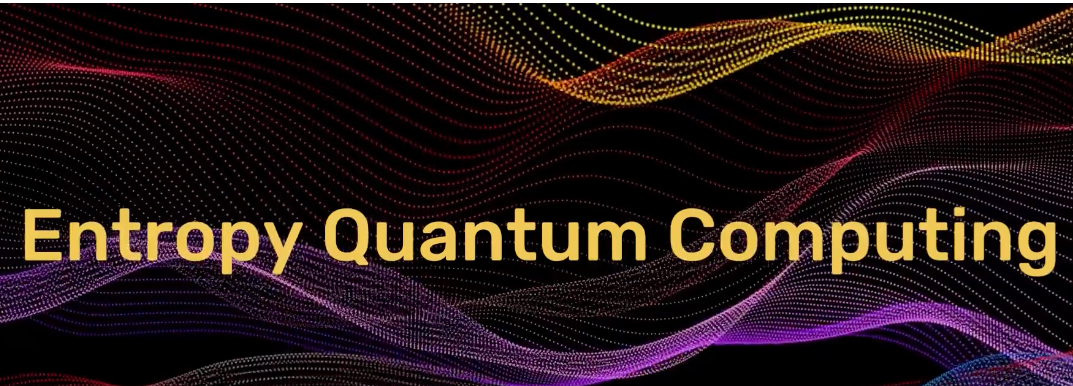As you are aware, we recently released groundbreaking results from our Entropy Quantum Computer (EQC) this week. These results are a significant achievement for a quantum computer in today’s technological landscape. We have received an overwhelming number of inquiries about EQC and its unique features compared to the current Noisy Intermediate Scale Quantum (NISQ) systems. Therefore, we would like to take this opportunity to highlight some of the key differences between EQC and NISQ systems.
Navigating the Landscape of NISQ Technology
Quantum computing is a fascinating field that offers the potential to revolutionize computing. However, to understand the current state of quantum computing, we need to consider the challenges associated with the current generation of quantum computers, known as NISQ (Noisy Intermediate-Scale Quantum) computers.
In nature, quantum systems are open and interact with the environment, causing the wave function to collapse and resulting in a loss of quantum information. NISQ computers, on the other hand, aim to create closed quantum systems to minimize interaction with the environment. However, to achieve this, these systems require extreme environmental conditions, including cryogenic cooling, pure vacuum, and zero electromagnetic background, which is costly and challenging to maintain.
Moreover, these early quantum computers suffer from several limitations. For instance, they have a limited number of qubits, which restricts the size and complexity of the problems they can process. Additionally, these systems are highly error-prone, even at small scales, and lack stability due to decoherence. As a result, computations can take hours to complete, and the system may lose coherence, leading to interruptions.
While NISQ computers have shown promise in solving small-scale problems, such as a 127-variable gate-model system or up to 400 variables for sparse matrix problems on a quantum annealer, they still have a long way to go before they can handle more complex problems. Furthermore, for practical error correction, it is estimated that every logical qubit will require 1000 to 10,000 qubits, adding to the engineering penalty and complexity of these systems.
In conclusion, quantum computing is still in its early stages, and current NISQ computers face significant challenges that limit their capabilities. However, researchers continue to work on improving these systems, and the potential benefits of quantum computing make it a promising area of research for the future.
Entropy Quantum Computing
QCI’s Entropy Quantum Computing approach is fundamentally different from traditional quantum computing methods. Instead of isolating qubits from the environment, EQC systems embrace the environment and utilize it as fuel for faster, more precise, and error-free quantum processing.
To achieve this, the EQC carefully engineers the environment and its backaction through the Hamiltonian to relax the system to the ground state, thus evolving the quantum system into a decoherence sub-space. By doing so, the EQC system is highly immune to lose or decoherence, enabling it to scale up to solve more complex problems without errors.
In contrast to traditional approaches, the EQC system uses controlled feedback from the environment to drive the quantum information results, rooted in the openness of natural quantum systems. As a result, EQC systems can be deployed in a simple blade/rack server with no special infrastructure and maintain stability/coherence for lengthy time periods.
QCI’s Entropy Quantum Computer recently achieved a significant milestone by solving a BMW sensor optimization problem for autonomous vehicles for the first time on a full-quantum system. The computations included 3,854 variables and 500 constraints, and the EQC delivered a superior, feasible solution in just six minutes.
A New Perspective on Success
Quantum computing has generated a lot of hype and concerns surrounding its potential value. This is largely due to the limitations of current NISQ computers, such as their restricted scalability, high costs, lack of stability, overall complexity, and significant error correction challenges.
However, the emergence of the EQC (Error-Free Quantum Computer) offers a promising solution to these challenges. In a recent demonstration, we showcased a quantum computer that is both scalable and cost-effective, with error-free operation. Notably, this EQC is deployable anywhere and usable by non-quantum experts, requiring no special environments.
This is only the beginning, as there is much more to come. Stay tuned for further developments in the exciting field of quantum computing.
